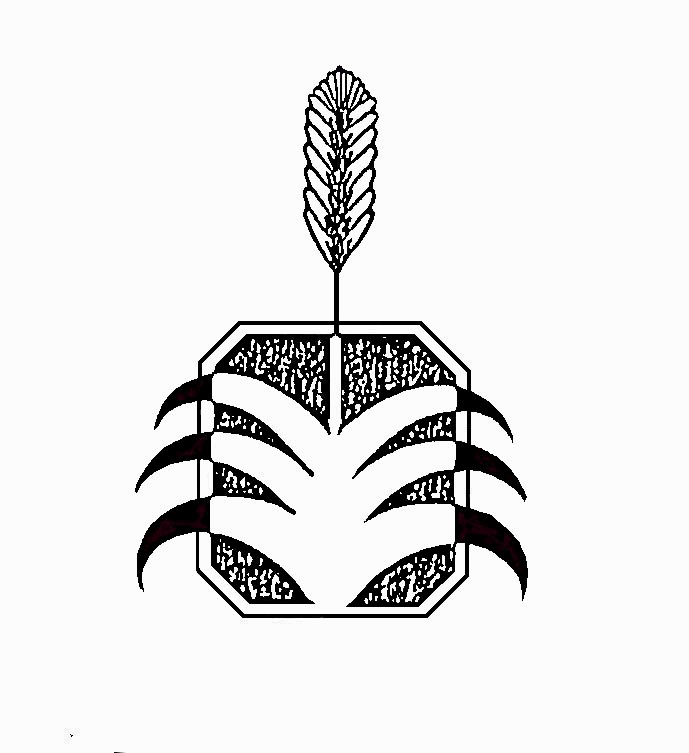
|
The Florida East Coast Bromeliad Society Next meeting Sunday, May 10th – 1:30p.m. Wm. A. Finney Memorial Garden Center 837 N. Oleander Ave., Daytona Beach |
Happy Mother’s Day 2009!
President – Joan Campbell – 672-7382
Vice President – Jerry O’Keefe – 407/767-2442
Secretary – Calandra Thurrott – 761-4804
Treasurer – Eve Krauth – 763-2084
________________________________________________________________________________
Our President has graciously offered to provide a Mother’s Day tea for this meeting
and in the finest English tradition…she will bring crumpets to go with the tea. This should be a nice event and, who knows – it may start an annual tradition! Hope you all can make it. The program for the meeting will be a surprise!
Last month’s Master Gardener’s sale was a rousing success. Sales were very good and our FECBS treasury (unlike our national treasury) is not in any immediate danger of running dry. Many thanks to those who participated and helped out during the half-day sale!
A Return to Basics
It’s been a while since we visited this series and, as I recall, the last installment was with the ‘P’s – for Portea. This month we’ll continue through the alphabet to the letter Q…for Quesnelia. There is not a lot of information out there on this Genus and Penrith Goff of the SE Michigan Bromeliad Society probably said it best in that society’s newsletter, so let me just quote directly from it: Quesnelia, subfamily Bromelioidiae, was established as a genus by Gaudichaud in 1842 and is named for a French consul to French Guiana, M. Quesnel, who introduced the genus to France in 1840. Comprised of about 15 species, the genus is divided into 2 subgenera:
quesnelia and billbergiopsis.
Quesnelias bear a strong resemblence to Aechmeas and Billbergias and indeed some were earlier classified as Billbergias. Although Quesnelias are tough plants, easy to grow and bloom readily, the family has not become popular as houseplants, perhaps because the foliage is not particularly attractive, the inflorescences do not last long, and many of species are rather large and prickly. Nonetheless there are a few small ones (Q. humilis, Q. marmorata, especially "Tim Plowman") which are handsome foliage plants even when not bearing their beautiful flowers. The bracts of Q. arvensis and Q. testudo are a fluorescent red.
Thank you Penrith! (Incidentally, for those who are not aware of it – in addition to being a newsletter editor and general bromeliad enthusiast Mr. Goff is quite an accomplished artist and has produced some really outstanding paintings of bromeliads! Keep an eye out for them since they occasionally turn up at rare plant auctions.) I tend to divide this Genus in half and didn’t realize that the divide is by subgenera –I just go by the medium to large sized, spiky Quesnelias like Quesnelia arvensis, Quesnelia quesneliana, and Quesnelia testudo. This group is spiky to the extreme – anyone trying to penetrate a patch of these Quesnelias is going lose some blood in the process. The leaves of this group are quite stout and the stiff spines found at the tip of each leaf easily penetrate most fabrics. These plants are also quite indifferent to their environment – doing equally well in low light areas of the yard or in full sun areas. The plants may look a little different under these widely varying conditions, but will produce the same distinctive rosy "turtle-head" bloom.

Then there are the Quesnelias that can easily be mistaken for Billbergias when not in bloom. This group includes Quesnelia marmorata and its cultivar ‘Tim Plowman’ (superior in every way - from the curl in the leaf tips to the more robust inflorescence that retains its good looks longer than other forms), Quesnelia liboniana, Quesnelia imbricata and Quesnelia humilis.




Among the spiky Quesnelias, testudo is commonly seen seen in yards from South Florida to Ormond Beach – where it rarely suffers any damage even in the coldest of winters. Generally, these plants are ignored (unless you accidentally back into one of the spiny leaf tips) until early Spring when they surprise passersby with a fluorescent pink bloom. When allowed to grow into a clump of multiple plants that all bloom at the same time, its a real eye-catcher!
It’s easy to see from these photos (courtesy of the Florida Council of Bromeliad Societies website) how confusion existed in classifying this group of plants – they look like Aechmeas, they look like Billbergias…they’re Quesnelias! If you haven’t already, consider adding a Quesnelia to your collection – they’re easy to care for and reliable bloomers.
Upcoming Events:
May 8-10, 2009
Bromeliad Society of Central Fl. annual Mother’s Day Show and Sale at the Fashion Square Mall in Orlando. Show is open to the public after judging is complete on May 8th.
May 9th, 10th, 2009
Volusia County Orchid Society 14th annual show and sale at the Volusia County Fairgrounds. Each day 9am – 4 pm. $4 admission
August 14th - 15th, 2009
November 13th – 15th , 2009
Bromeliad Extravaganza, hosted by the Central Fl. Bromeliad Society at the Orlando Renaissance Hotel (544 Forbes Place, Orlando 32812.
The April meeting of the Florida Council of Bromeliad Societies was held at this hotel and I can tell you – it’s a very nice hotel, easy to get to (it’s out by the Orlando airport – one quick exit off the Beeline and you’re there) and the food in the restaurant is exceptional! If you’re looking for a mini-vacation before the holidays arrive, why not plan on spending a few days right here at the Reniassance Hotel? Take in a show in Orlando, visit one of the theme parks (it’s generally a little cooler at this time of year and the crowds are quite a bit thinner), have a nice dinner…oh yeah, and then there’s the seminars, garden tours and a great bromeliad sale associated with the Extravaganza – sounds like
a nice vacation to me!
November 21st - 22nd, 2009
December 4th - 6th, 2009
